Cancer, Lifestyle and Health Coaching
A cancer diagnosis is tremendously overwhelming and often takes away the feelings of control over one’s life. After diagnosis comes the whirlwind of information and new decisions that revolve around living with cancer. Health & Wellness Coaches work with clients in a variety of ways to help them navigate through the healthcare system and develop a self-created plan for treatment and lifestyle that supports the client in managing and re-gaining control over their lives.


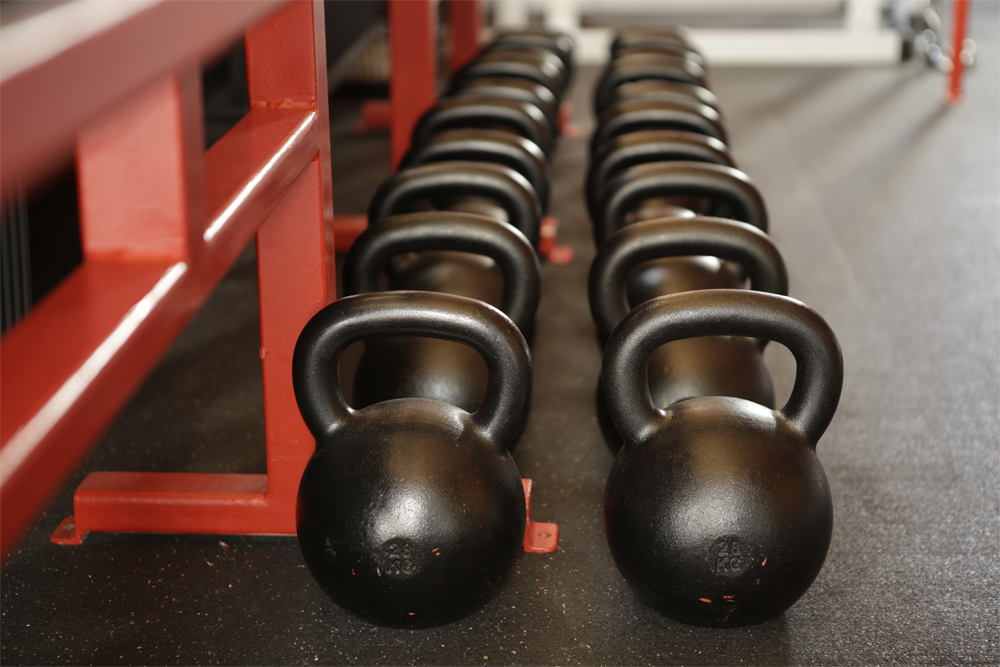
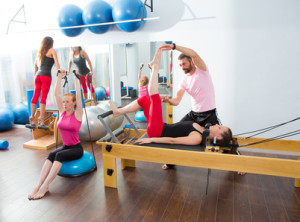
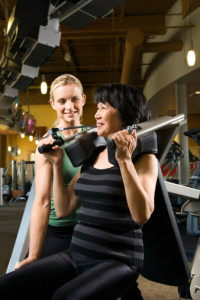 In the case of a studio, the “disease” might be to “lose 20 pounds in two months.” Don’t allow this client to feel like he/she was thrown into “another class” to achieve the goal. “We have classes for that,” won’t do. Rather say, “Let me put together a custom program just for you based on what you like to do.”
In the case of a studio, the “disease” might be to “lose 20 pounds in two months.” Don’t allow this client to feel like he/she was thrown into “another class” to achieve the goal. “We have classes for that,” won’t do. Rather say, “Let me put together a custom program just for you based on what you like to do.”
 Athletes tend to do a good job of training their muscles, heart and lungs. But some of them (particularly endurance athletes and those in running sports) commonly fail to train their gut. As one marathoner reported, “I was so afraid of getting diarrhea during long training runs that I did not eat or drink anything beforehand. I really struggled after 14 miles…” A high school soccer player admitted, “I’m so afraid I’ll throw up if I run with food in my stomach.” He ate only a light lunch at
Athletes tend to do a good job of training their muscles, heart and lungs. But some of them (particularly endurance athletes and those in running sports) commonly fail to train their gut. As one marathoner reported, “I was so afraid of getting diarrhea during long training runs that I did not eat or drink anything beforehand. I really struggled after 14 miles…” A high school soccer player admitted, “I’m so afraid I’ll throw up if I run with food in my stomach.” He ate only a light lunch at  You want to dilute highly concentrated carbs (i.e., gels), so be sure to drink enough water during exercise (i.e. 16 oz. water per 100 calories gel).This will help speed up gastric emptying.
You want to dilute highly concentrated carbs (i.e., gels), so be sure to drink enough water during exercise (i.e. 16 oz. water per 100 calories gel).This will help speed up gastric emptying.
 When you read the words “young-person” in a sentence, what is the image that comes to mind? What about when you hear the words “old-person?” Do you readily form an opinion or do your initial thoughts come in the form of questions: “I don’t know. I need more information? What do you think?” If a clear image comes to mind, then one line informing these socially constructed ideas of aging can be traced to our education system, one that rewards outcome over process.
When you read the words “young-person” in a sentence, what is the image that comes to mind? What about when you hear the words “old-person?” Do you readily form an opinion or do your initial thoughts come in the form of questions: “I don’t know. I need more information? What do you think?” If a clear image comes to mind, then one line informing these socially constructed ideas of aging can be traced to our education system, one that rewards outcome over process. Similar to the views promoted by physicists James Jeans and Sir Arthur Eddington who thought the universe to be best understood as a great idea, we can think of old age in the same light. Aging exists to be interacted with. The idea of old age is incomplete. As you age, you get to inform the structure and meaning of old age. Your identity adds a uniqueness to what it means to be old.
Similar to the views promoted by physicists James Jeans and Sir Arthur Eddington who thought the universe to be best understood as a great idea, we can think of old age in the same light. Aging exists to be interacted with. The idea of old age is incomplete. As you age, you get to inform the structure and meaning of old age. Your identity adds a uniqueness to what it means to be old.
 If You Are Making Excuses, You Are Not Sold Out On Reaching Your Goals! Don’t Be A Quitter!
If You Are Making Excuses, You Are Not Sold Out On Reaching Your Goals! Don’t Be A Quitter! Recruit others to share the vision, advise, hold accountable, support and mentor you.
Recruit others to share the vision, advise, hold accountable, support and mentor you.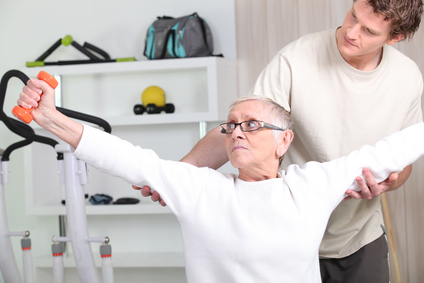




 Reports have shown that in the United States,
Reports have shown that in the United States, 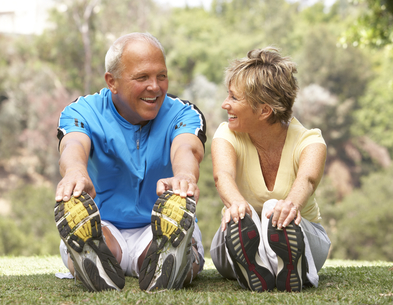
 To understand this, let me give you a very brief intro to oxidative stress. We have all read about the importance of eating our fruits and vegetables to provide much needed antioxidants. This is because we live a life where oxidative stress is in abundance. As exercise is the one and only Rx with no bad side effects, the truth is, we should always say “the right exercise”.
To understand this, let me give you a very brief intro to oxidative stress. We have all read about the importance of eating our fruits and vegetables to provide much needed antioxidants. This is because we live a life where oxidative stress is in abundance. As exercise is the one and only Rx with no bad side effects, the truth is, we should always say “the right exercise”.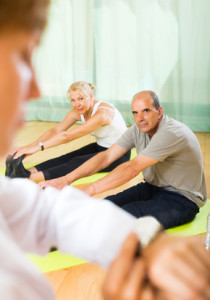 However, with people recovering from
However, with people recovering from  But the most important factor of all is the F factor, FUN. What will we actually, enjoy, embrace, do, and want more. We learn very quickly in the fitness business, “no time” is an excuse. When we know the literally infinite possibilities for physical activity, no time is an excuse, or, a very limited knowledge of what exercise is.
But the most important factor of all is the F factor, FUN. What will we actually, enjoy, embrace, do, and want more. We learn very quickly in the fitness business, “no time” is an excuse. When we know the literally infinite possibilities for physical activity, no time is an excuse, or, a very limited knowledge of what exercise is.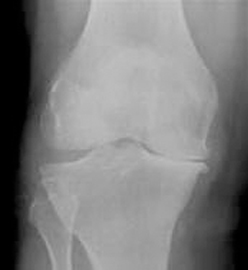
 Water exercise
Water exercise